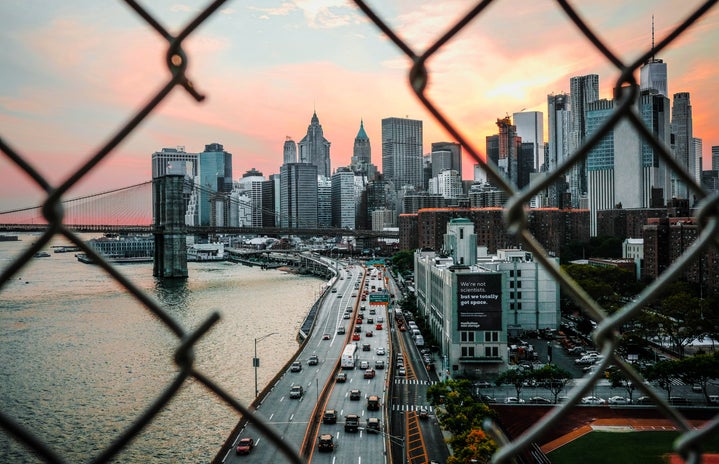The world currently contains 405 identified dead zones, but what does that mean and why should we care about them?
A dead zone is an area of water which has very little to no dissolved oxygen. This means any life underwater is deprived of the oxygen it needs to survive and will eventually die.
These dead zones can span bodies of water in great length. For example, the Gulf of Mexico dead zone reached a record size at 22,730 square miles in 2017. To put it into perspective, that is about the same size as the state of New Jersey.
The most prominent issue surrounding dead zones is the loss of marine biodiversity. Both plants and animals underwater are faced with a grueling death, significantly harming populations.
Additionally, dead zones play a crucial role in our economy. Without life underwater, fisheries have no purpose, and the seafood demand cannot be satisfied. The depletion of this dissolved oxygen affects each and every single one of us directly by destroying services we obtain from the environment like nutrient cycling.
The rapid spread of dead zones doesn’t just happen naturally. The main driver? Climate change. Climate change is affecting the world in numerous ways, many of which play a huge role in creating dead zones.
Take for example the heating of the bodies of water around the Earth. Water chemistry states as water becomes warmer, it’s ability to dissolve gases decreases. Also, as the water becomes warmer, the metabolism of the fish increases, and they require even more oxygen, using it up at a faster rate.
All that science is great but you’re probably asking yourself what you can do to help.
Luckily for us, dead zones can be recovered. To do this, we must tackle the main cause: climate change. If we can mitigate climate change, we can destroy our dead zones.
1. Invest in a reusable mug
I’ll be the first to admit the only thing getting me through a grueling study session at the library is a Starbucks. It’s tough being a student, and sometimes a caffeine or sugar hit is necessary. So, buy yourself a mug that you love and bring it along with you when you know you’ll need a coffee break.
2. Try a meatless Monday
For all the meat-lovers out there, I know this sounds like the next mission impossible, but I promise it isn’t that bad. A great website for vegetarian recipe ideas is Cookie + Kate.
3. Take the bus
I know that the bus isn’t always the most appealing option. But it reduces a ton of emissions our cars throw off at the environment.
So, start a new book, or plug in and find your favorite artist or podcast to listen to. My current podcast recommendations are And That’s Why We Drink, Uncover and The Health Code.
4. Cut down on your shower time
Don’t get me wrong, when I’m jammed into a lecture hall seat with three centimeters between myself and the person next to me, I’m grateful they remembered to put on deodorant that morning.
But try and limit yourself to a maximum of 35 minutes of shower time per week. Once you’ve mastered that, challenge yourself and go for 30 minutes.
5. Turn off your computer
Fun fact: when your computer is in standby mode, it is still using power!
6. Use a power bar
Our society relies on technology. To be more conscious about your power use, transfer all your electronic plugs at home to a power bar. This way, when you’re done you can just flip off the power bar and conserve the energy.
The marine organisms on our planet need our help more than ever, and we need them. By implementing a few eco-friendly habits into your lifestyle, you could make a difference. It’s easy to get discouraged and think that we are not making a difference as individuals. But remember, we are stronger combating the environment as a whole.



